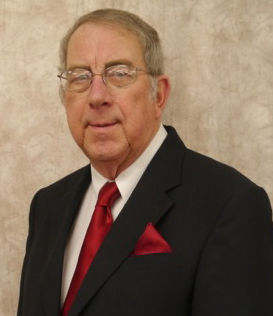Team Biden wants to remake the entire energy structure of the nation which consumes the most energy of all nations by (I can’t keep track) 2030, 2035, or whatever date has been floated lately. That idea is running into some headwinds.
Germany is rethinking its embrace of renewables. In fact, coal-fired generators are back on the menu. Europe is quietly giving up on banning IC cars from all its cities by 2030. Ocean located wind farms are now blamed for the increase in beached whales. Wind mills kill thousands of birds each year. The gearboxes are prone to catching fire.
And automakers are struggling with electric cars. Ford just notched a $3 billion loss on its EV program, but is certain of a reversal in three years. Chevrolet just shut down its Bolt EV automobile amid recalls and battery fires. Rural communities are objecting to solar farms in their neighborhood. The threat of battery fires is an alarm sounded by the volunteer firemen of those communities.
The idea of banning propane or natural gas fired stoves and grills is particularly short-sighted. During the Texas brownout we were able to use both our natural gas kitchen stove and our propane grill. Had we relied on electric, we would have been eating cold food out of cans.
How about a reality check? Making 10-year predictions is a favorite among politicians. We cannot hold them accountable today as the target is years away. And in ten years no one remembers the prediction anyway. Here are two realistic alternatives that could be adopted and evaluated in the near future.
Modern homes are equipped with gas or electric water heaters. But there is an abundant alternate energy water heater, the solar energy falling on our roofs. A radiator on the roof helps cut the cost of gas or electricity to supplement the water heater. A small pump runs water to the roof and gravity returns it to the home system. Such systems are already available. During the second energy embargo in the late 1970s Congress allowed tax credits for ceiling fan installation. Why not do the same for solar supplemental water heaters now?
Local governments utilize small utility vehicles made by Kawasaki, Deere, and other firms in the small engine business. We see them in parks and other maintenance projects. But those same governments will not let you and I license them for the street. If it is okay for the government, why not for the rest of us? Equip them with turn signals, LED lights, a windscreen and wipers and bingo, the ideal urban vehicle. They could be electric but their small engines use way less gas and produce less exhaust than the 5,000 pound pickups in grocery parking lots. Allowing them in bicycle lanes seems reasonable. This is a realistic alternative to the three-mile errands most of us run in our neighborhoods.
Get real politicians, let’s have some solutions now rather than ten years in the future.




